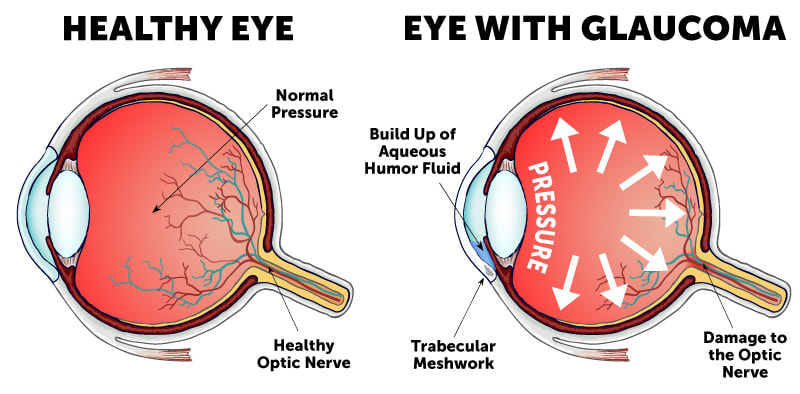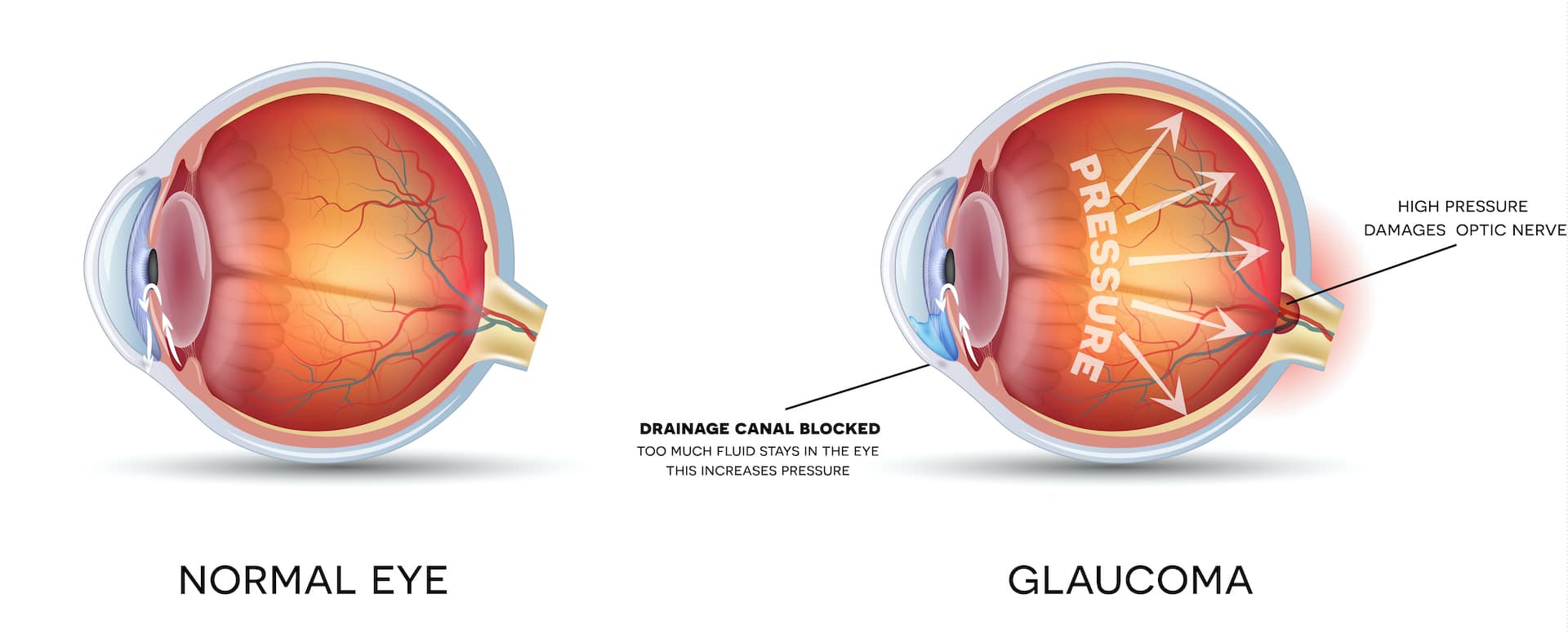Local Glaucoma Service Near Me: Very Early Detection and Therapy Options
Local Glaucoma Service Near Me: Very Early Detection and Therapy Options
Blog Article
Understanding the Various Vision Adjustment Procedures Available for Clearer Sight
In the world of vision modification procedures, a wide range of choices exist to resolve refractive errors and offer individuals with more clear view. From the widely recognized LASIK surgical treatment to much less intrusive treatments like PRK and implantable lenses, the area of ophthalmology provides a variety of strategies tailored to fit different demands and choices. Each treatment features its very own set of considerations, benefits, and potential threats. Understanding the subtleties of these vision modification techniques is essential for making educated decisions concerning one's visual wellness. Let's check out the details of these procedures and clarified the course to achieving improved vision clearness.
LASIK Surgical Procedure
LASIK surgery is an usual refractive procedure used to correct vision troubles such as farsightedness, nearsightedness, and astigmatism - eyecare near me. This surgical method, which represents Laser-Assisted sitting Keratomileusis, aims to reshape the cornea to boost exactly how light is concentrated on the retina, ultimately improving vision clarity. Throughout the procedure, a slim flap is developed on the cornea, and a laser is utilized to get rid of precise quantities of tissue to reshape it properly. This reshaping permits for light to be accurately focused onto the retina, dealing with refractive errors.
One of the primary benefits of LASIK surgical procedure is the rapid enhancement in vision experienced by individuals. Many people see a substantial enhancement in their vision instantly after the procedure. In addition, most patients report very little discomfort and pain during the surgical treatment and recuperation period. The recuperation time for LASIK is fairly fast, with many people going back to their daily activities within a day or more post-operation. In general, LASIK surgical procedure is a preferred choice for individuals looking for a lasting option for their vision issues.
PRK Treatment
While also an usual refractive treatment, the PRK (Photorefractive Keratectomy) technique varies from LASIK surgery in its technique to correcting vision issues. In PRK, instead of developing a flap on the cornea, the outer layer of the cornea, called the epithelium, is totally eliminated. This enables the laser to improve the cornea to correct refractive errors such as nearsightedness, astigmatism, and farsightedness directly on the surface area.

Regardless of the longer recovery time, PRK can produce outstanding lead to vision improvement, making it a beneficial alternative for those who might not appropriate candidates for LASIK surgery.
Implantable Lenses
In contrast to PRK where the cornea is improved directly, implantable lenses offer an additional technique for correcting vision by putting fabricated lenses inside the eye. This procedure is specifically helpful for individuals with high degrees of nearsightedness, farsightedness, or astigmatism who may not be suitable prospects for laser surgical treatments like LASIK try this website or PRK.
Implantable lenses, likewise known as phakic intraocular lenses, work by supplementing the eye's all-natural lens with a fabricated one. eyecare near me. These lenses can be placed in front of the all-natural lens (anterior chamber) or behind the iris and in front of the all-natural lens (posterior chamber) By readjusting the power and positioning of these lenses, eye doctors can effectively remedy refractive mistakes and enhance aesthetic acuity
One advantage of implantable lenses is that they are exchangeable and detachable, offering adaptability for future adjustments. As with any type of medical procedure, there are risks included, such as infection or cataract formation. Patients thinking about implantable lenses must speak with an eye care professional to establish the most appropriate alternative based upon their individual demands and eye wellness.
Corneal Rings
Corneal rings, additionally referred to as intracorneal ring segments, are tiny, clear tools inserted right into the cornea to deal with vision distortions such as keratoconus. Keratoconus is a problem where the cornea thins and protrudes exterior, creating vision to end up being distorted. The insertion of corneal rings helps to flatten the cornea, boosting aesthetic skill and minimizing the irregular astigmatism triggered by keratoconus.
The procedure for putting corneal rings is minimally invasive and relatively quick, commonly executed as an outpatient procedure. Throughout the surgical procedure, the eye doctor makes a tiny incision in the cornea and inserts the rings at a details depth. As soon as in position, the rings help to reshape the cornea, supplying a smoother surface for light to enter the eye, which can lead to more clear vision.
Corneal rings are considered a relatively easy to fix procedure, as they can be removed or replaced if needed. refractive surgeries in al. While they may not completely get rid of the requirement for glasses or call lenses, corneal rings can considerably improve vision high quality and total visual comfort for people with keratoconus or various other corneal abnormalities
Refractive Lens Exchange
Adhering to the correction of corneal irregularities with procedures like corneal rings, another vision correction technique that can address refractive errors is Refractive Lens Exchange (RLE) RLE is a procedure that entails changing the eye's all-natural lens with an artificial intraocular lens a fantastic read (IOL) to correct refractive errors such as nearsightedness, presbyopia, and farsightedness. This procedure is specifically helpful for people who may not appropriate prospects for procedures like LASIK or PRK because of elements such as thin corneas or high refractive mistakes.

Final Thought
In conclusion, there are various vision modification treatments offered to assist people attain more clear view. LASIK surgical treatment, PRK treatment, implantable lenses, corneal rings, and refractive lens exchange are all alternatives that can deal with different vision issues.
In the world of vision modification treatments, a wide variety of alternatives exist to resolve refractive mistakes and supply individuals with more clear sight.LASIK surgery is a typical refractive treatment made use of to deal with vision issues such as nearsightedness, farsightedness, and astigmatism.While likewise a typical refractive procedure, the PRK (Photorefractive Keratectomy) strategy differs from LASIK surgical treatment in its approach to dealing with vision issues.Complying with the modification of corneal irregularities with procedures like corneal rings, one more vision improvement technique that can resolve refractive errors is Refractive Lens Exchange (RLE) LASIK surgery, PRK treatment, implantable lenses, corneal rings, and refractive lens exchange are all choices that can resolve different vision concerns.
Report this page